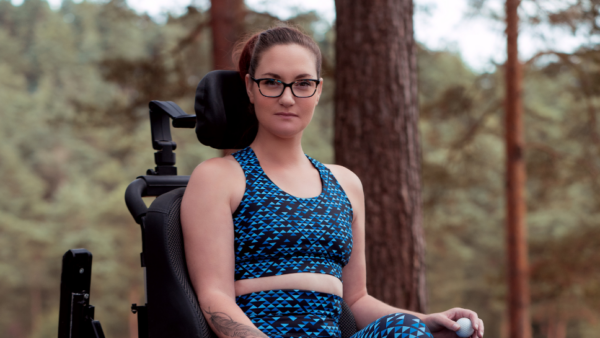The symptoms of LGMDR1 can vary from person to person, even within the same family. They usually start between the ages of 8 and 15 but can start at any age between 2 and 40 years.
Symptoms develop over several years. In more severe forms, people lose the ability to walk from around 10 to 30 years after first getting symptoms. In milder forms, this may happen after the age of 60 – they may need to use walking aids or a wheelchair.
Cardiac and respiratory muscle are generally not affected. However, some people may experience mild breathing difficulties. Swallowing problems are unlikely.
Life expectancy is generally not affected, and is expected to be the same as for the general population.
Muscle weakness
At first, people usually have weakness and wasting (loss of muscle bulk) in the muscles around the hips, thighs, and shoulders. Most people notice becoming tired more quickly than before. The weakness is usually symmetrical, affecting both sides of the body in the same way.
It often starts in the legs before affecting the shoulders and arms. This can make it harder to run, walk uphill, climb up stairs, or get up from the floor. People may fall more often, may have muscle pain or cramps, and get tired easily after exercising.
Shoulder and arm weakness can make it more difficult to do overhead activities like wash your hair, reach high cupboards, or lift heavy items onto shelves. People may develop scapular winging, where the shoulder blades stick out more than usual. This is a sign of muscle weakness around the shoulders and the back, which can limit movement in later stages
Joint stiffness
Stiffness in some joints may develop. This is called a contracture. Tightness in the ankles can lead to toe walking, where the heel does not touch the ground.
Contractures can also cause a curve in the spine, which can lead to back pain. This is called scoliosis.


